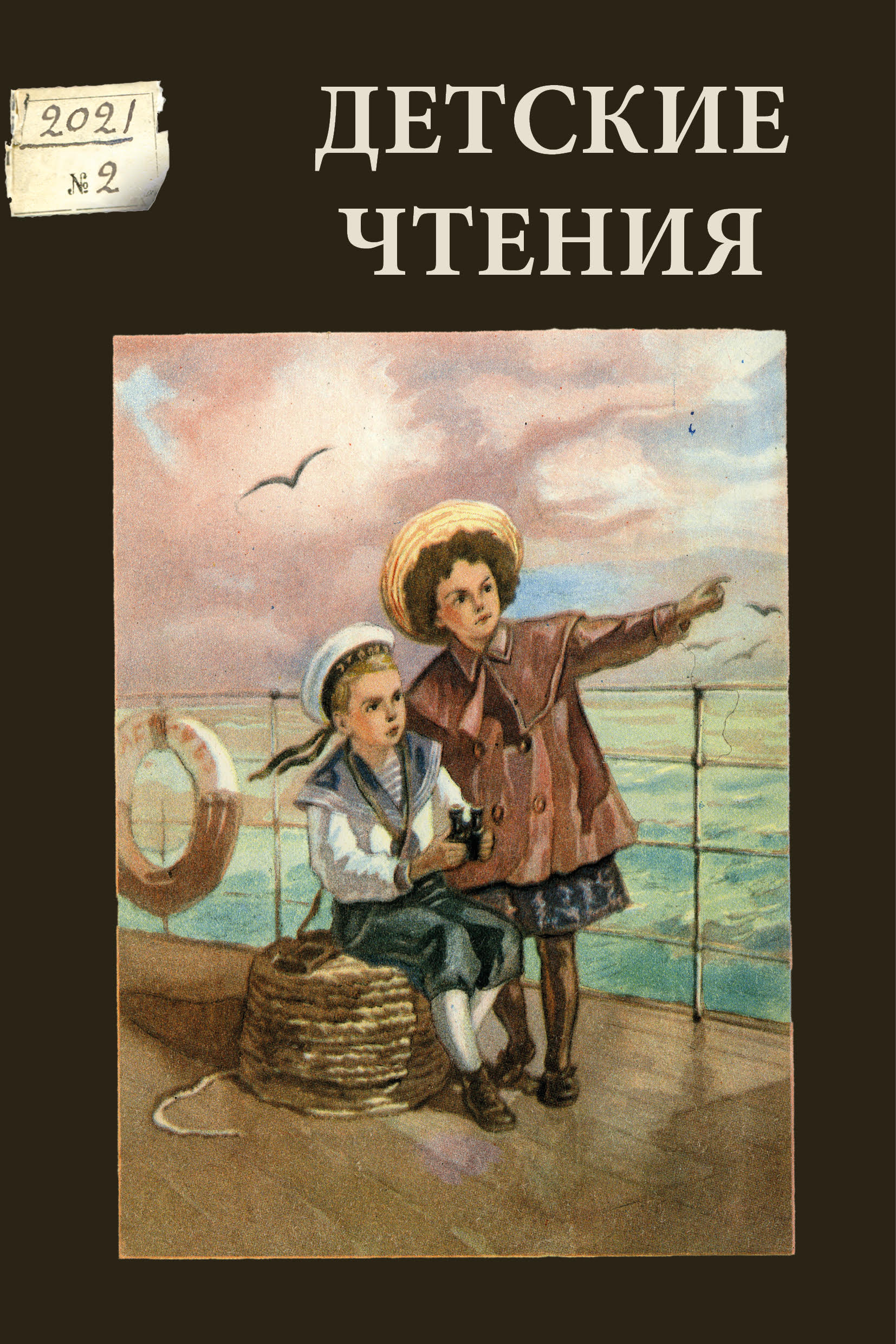“Robin Hood Of Schools”: From “Penny Dreadful” To “Tales For Boys” (2nd Half Of The 19th c. — Beginning Of the 20th с.)
DOI:
https://doi.org/10.31860/2304-5817-2021-2-20-57-76Abstract
In the second half of the 19th century Robin Hood, who formerly had been a character of historical novels a la Walter Scott and the low-grade criminal and adventurous literature (“penny dreadful”), came into the field of books addressed to young children and teenagers of a relatively high status. These stories were largely designed both to amuse and to teach; they served as the voice of pedagogical ideas and carried the public school ethos. The focus was shifted from Robin Hood’s outlawry towards the very features that could serve didactic purposes. The legendary archer stands before boy readers as an epitome of cardinal virtues of an ideal English schoolboy (patriotism, justice, bodily development, love for sport’s competitions, the skill of fair play, socialization as the supreme value). Robin Hood as the hero of school
stories was especially invented for readers to identify with him on the points that were crucial in the public school ethos. For the young readers he became at least a good example, both cautionary and thrilling, of fulfillment of social expectations, if not a real role model.
Keywords: children’s literature, school story, historical novel, popular
literature, pedagogy, Robin Hood, adventures







